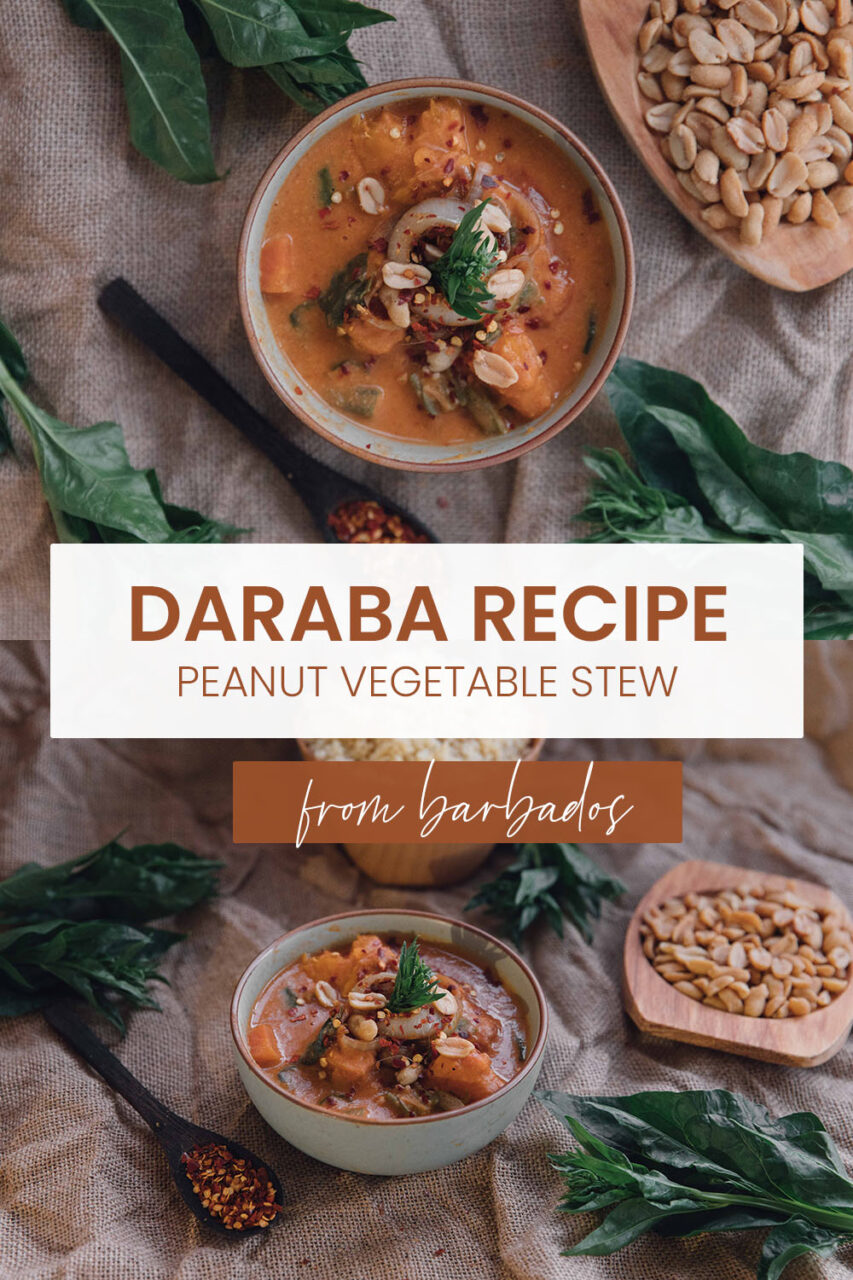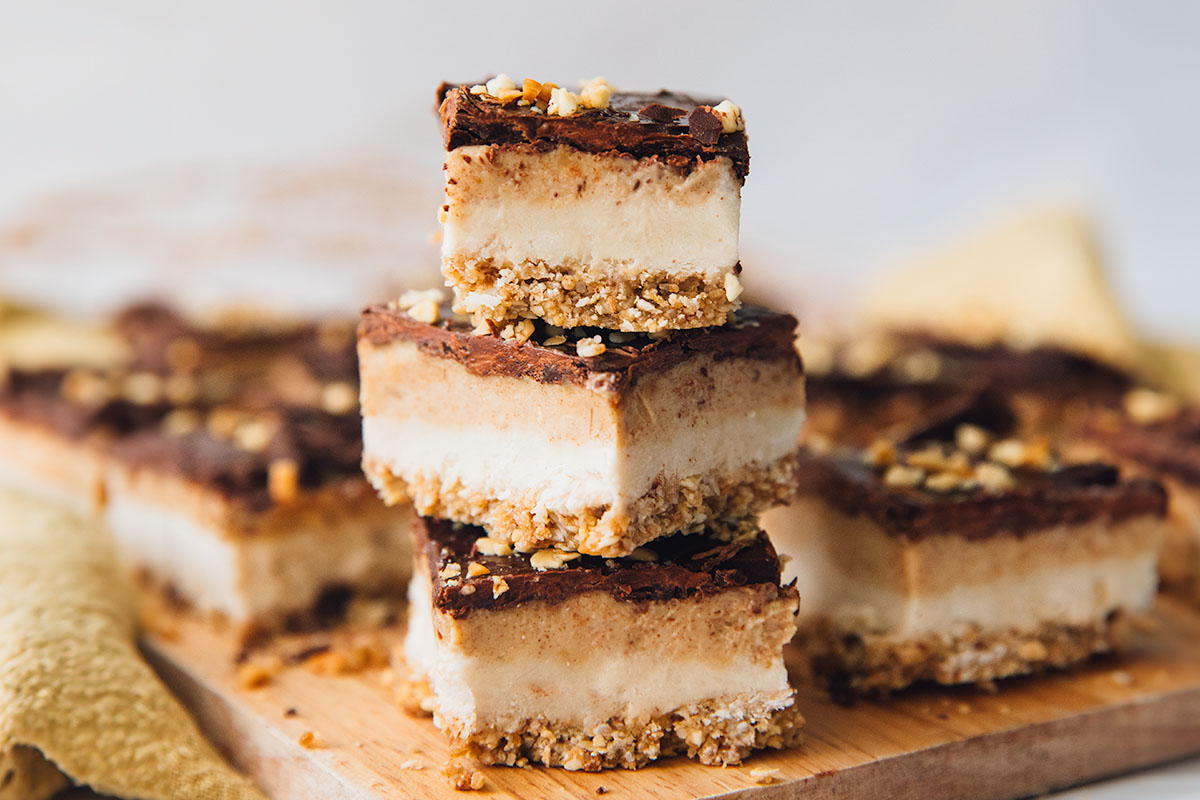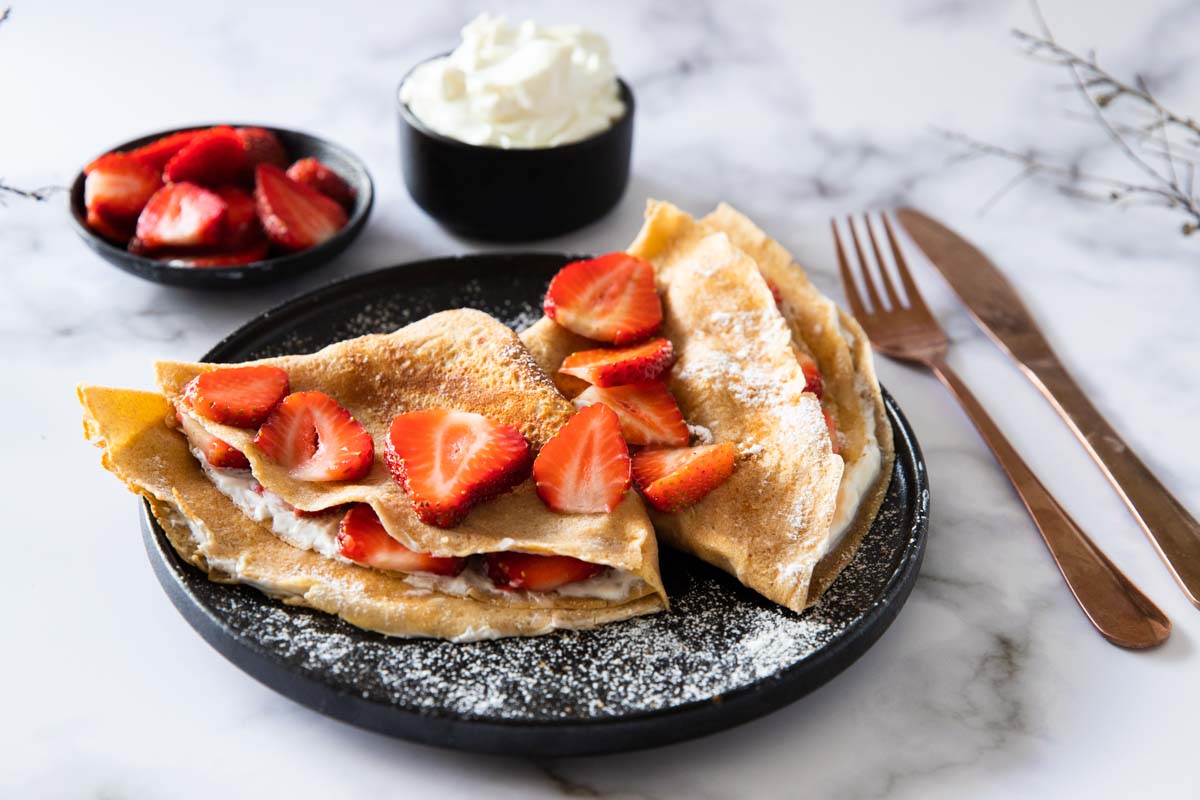This creamy peanut vegetable stew is simple, healthy and hearty, perfect for a weeknight dinner. Daraba comes from Chad and consists of various vegetables in a creamy peanut sauce, topped with caramelised onion. It’s ideal on its own or with rice.

Overview of Chad
Chad was a big moment for us. After a lot of strategic avoidance, we finally made an African stew. And you know what? It was actually really good. Generally, we aren’t the biggest stew kind of gals. This is probably attributed to the fact that vegetarian stews aren’t generally as satisfying or flavourful as a meat stew. However, the stew we cooked from Chad may be an exception to this rule. More on that later – for now, lets learn about Chad!
Chad is a landlocked country in north-central Africa with a population of over 16 million. It is home to over 200 different ethnic and linguistic groups, making it rich with cultural diversity. The official spoken languages are Arabic and French, after France colonised the territory back in 1920 for over 45 years. Sadly, Chad has been plagued by ongoing political violence that has turned it into one of the most corrupt and poorest countries in the world today.
History of Chadian Cuisine
Chad consists of three distinct terrains. As a result, Chadian cuisine varies greatly throughout the country. To the South is a savannah climate that is receives most of the country’s rainfall. When the French colonised Chad, they invested most of their resources into this part of the country. Due to the fertile land and investment from the French, this area is plentiful with fresh produce. Most dishes incorporate this fresh produce and are flavoured with a variety of spices. Fish is also abundant in the south, thanks to the waters of Lake Chad and the Chari river.
The centre of Chad is made up of the Sahelian zone, which is a sub Saharan climate. Here, they also enjoy the abundance of fish from the bodies of water. The south and centre of Chad tend to be a lot more vegetarian-friendly than the north due to the abundance of fresh produce and lack of livestock.
Comparatively, in the north is the harsh, dry Sahara desert, which occupies half of the country. Due to the lack of rainfall, fresh produce is far less common. As a result, staple foods, dairy products and meats are heavily relied upon. Along with rice and sorghum, millet is a key staple food and is commonly eaten by nomadic Arab groups that are found in the North and centre of the country.
Popular Chadian Dishes
- La bouillie– A breakfast dish made with rice or wheat combined with milk, flour and peanut butter to form a thick, porridge-like consistency.
- Daraba- a Chadian stew made with assorted vegetables, okra, tomatoes, stock, and peanut butter. It is usually served with rice, boiled cassava or plantains on the side.
- Peanut and squash stew– In this common Chadian stew, squash and onion are fried with spices then combined with water to make a broth. Coarsely chopped peanuts are then added to the stew for extra texture and flavour.
- Aiyash– A dish commonly eaten by Chadian Arabs, millet is formed into bowls then dipped in various sauces.
- Ouaddai– Another millet-based snack, these sweet cookies are made from a dough of millet flour, sugar and eggs which is cut into pieces and fried.
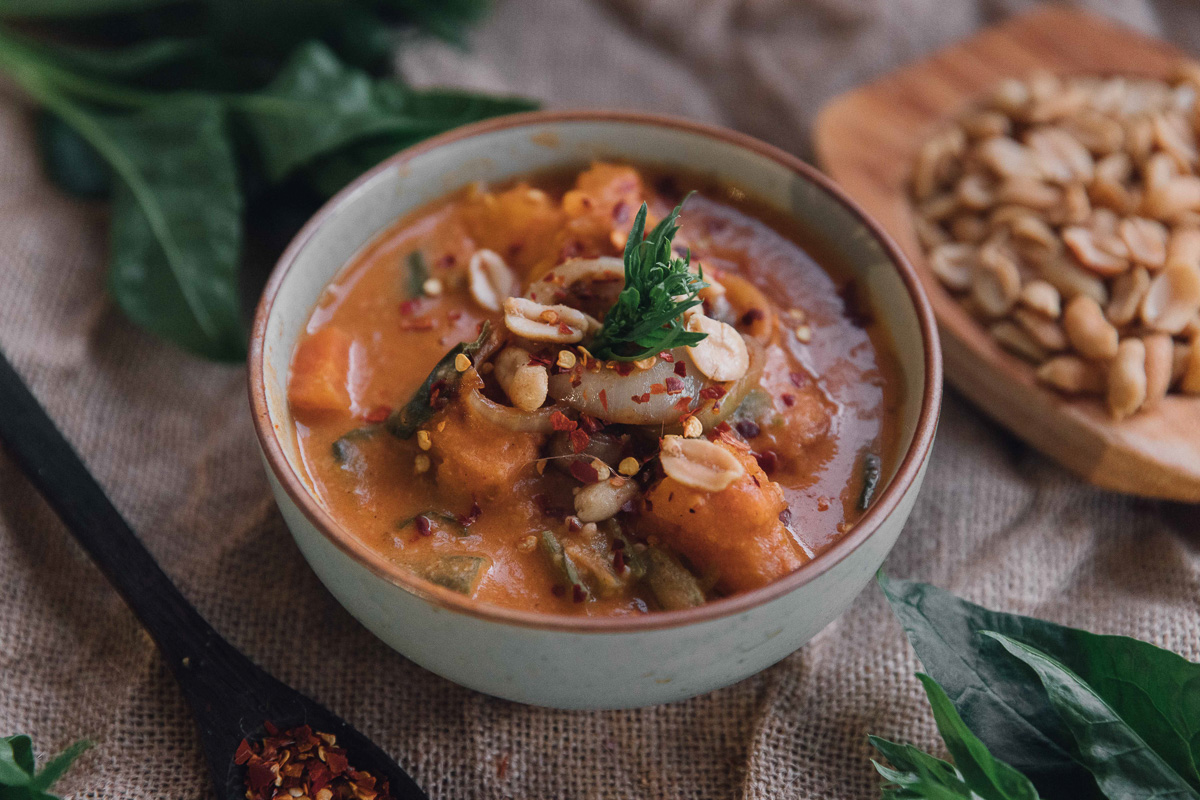
Making Creamy Peanut Vegetable Stew (Daraba)
Simple, inexpensive, healthy and flavourful, we may not be the biggest stew fans, but Chadian Daraba seemed to tick the boxes of the kind of food we enjoy making.
Additionally, peanut butter is one of the recipe’s key ingredients, and our love for peanut butter is no secret. We use it liberally in both sweet recipes such as our peanut butter rice porridge and in savoury recipes like our peanut quinoa soup. It works wonders as a thickener and a flavour enhancer for sauces, soups and stews. Daraba is the perfect exemplar of how peanut butter can be the hero of a dish. This one ingredient turned what most likely be a bland, runny stew into a hearty and flavourful dish that we would actually make again.
Peanut butter aside, another thing we love about this creamy peanut pumpkin stew in the abundance of vegetables in it. Although the stew is made with different combinations of vegetables, okra is the one that tends to features in traditional recipe. We couldn’t get any fresh okra but found some in the frozen section of the supermarket which seemed to do the trick. We also included butternut squash, carrot and leafy greens in our Daraba, but feel free to use up whatever you have in your fridge!


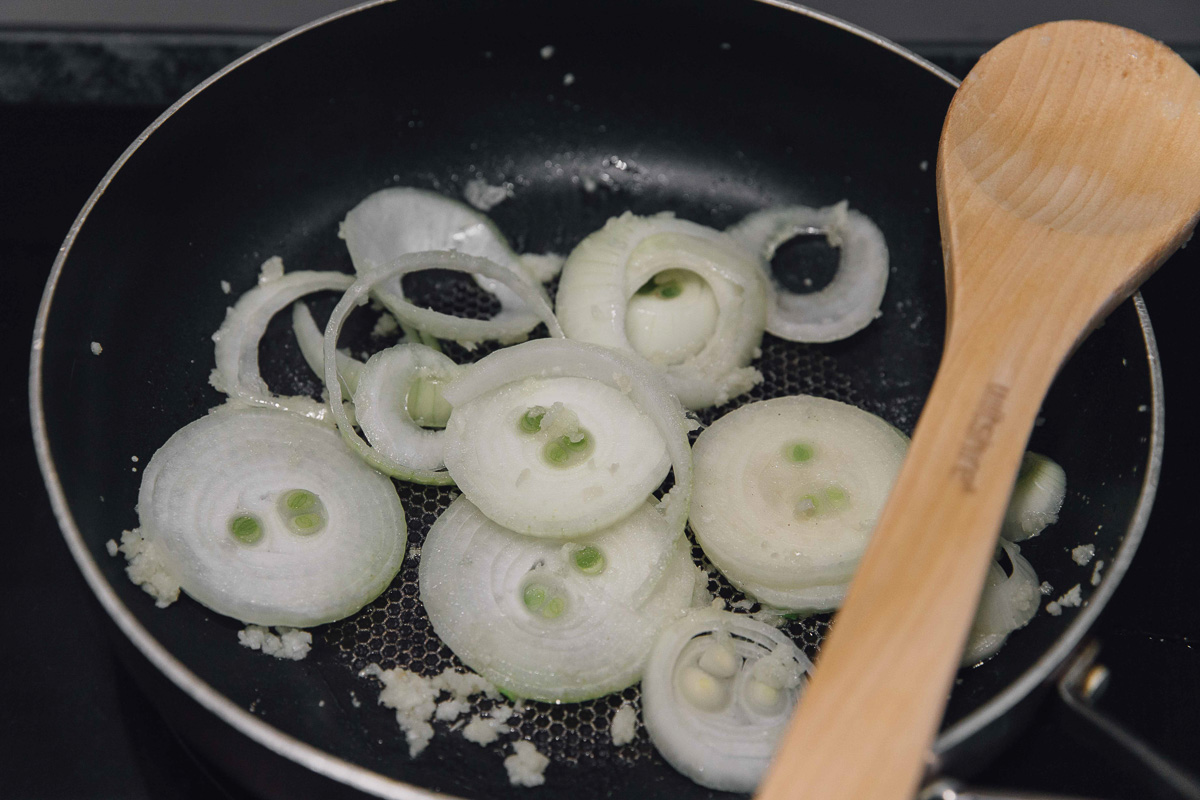
How to make Creamy Peanut Vegetable Stew (Daraba)
This recipe is fairly easy to prepare, making it a perfect weeknight dinner. Plus, it freezes well so is great for leftovers.
- Roast pumpkin for 30 minutes or until soft. Blend half the cooked pumpkin with coconut milk and peanut butter into sauce.
- Bring vegetable stock to a boil, add in hard vegetables and cook for 10 minutes.
- Add in blended sauce, remaining pumpkin, greens, tomatoes and seasoning and cook for another 10 minutes.
- Meanwhile, cook onion and garlic for 10 minutes until caramelised.
- Serve stew with onion and garlic and crushed peanuts on top.

Ingredient notes for Daraba
- Okra- If you can’t get hold of fresh okra, often you’ll find it in the frozen section (particularly at Asian supermarkets).
- Pumpkin– We used butternut squash for our recipe, but any variation of pumpkin or sweet potato will do this trick.
- Coconut milk– We’d recommend using full-fat coconut milk for this recipe as it will give a thicker, creamier texture than lite variations.
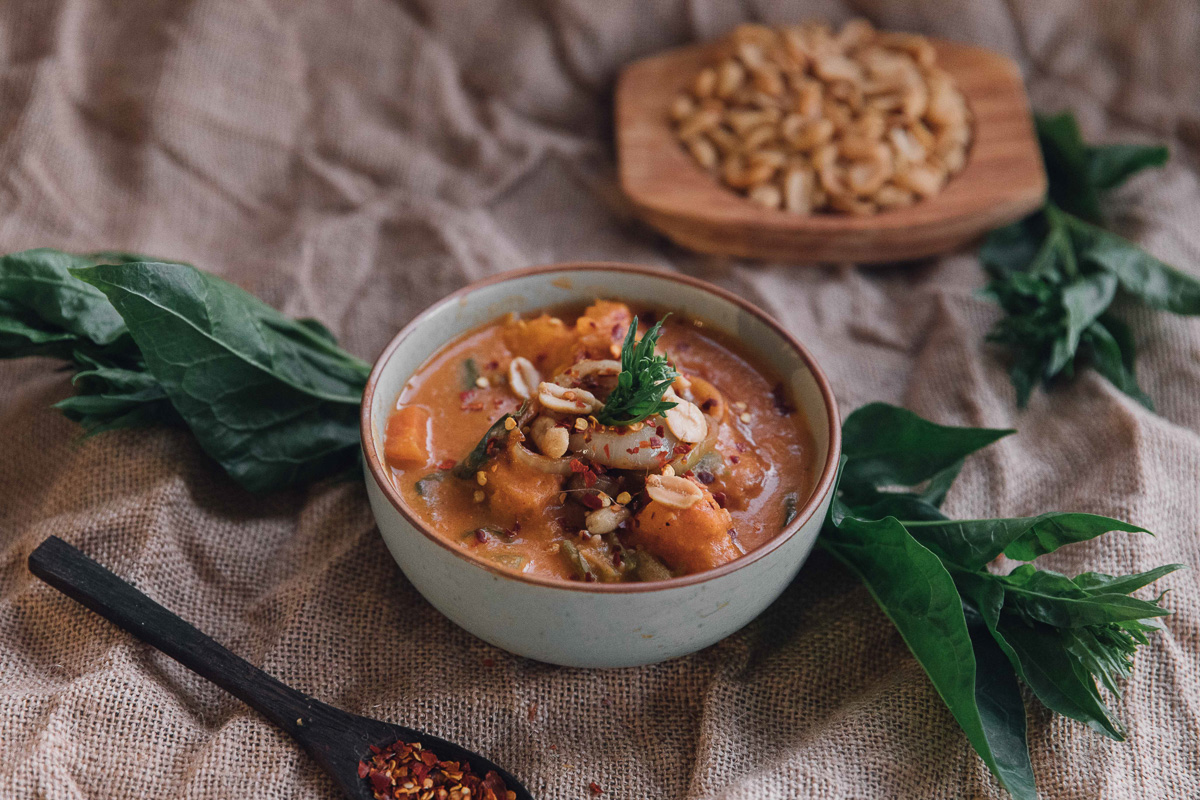
Serving suggestions for Daraba
Serve this creamy peanut vegetable stew hot with caramelised onion and garlic and crushed peanuts on top. This stew could be eaten on its own or served over rice, barley, millet- really any grain of your choice!
For more recipes from Africa:
- Caramelised Banana Porridge from Benin
- Mahjouba Recipe – Stuffed Algerian Crepes
- Cocada Amarela Recipe (Spiced Coconut Porridge)
Liked this daraba recipe? Pin it for later!
